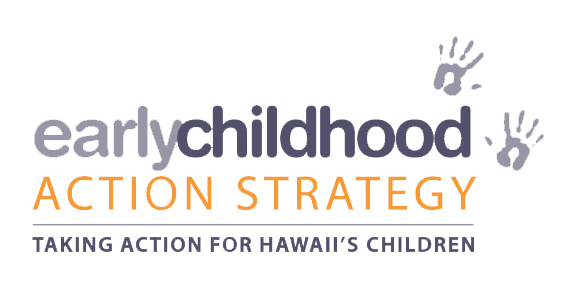Mapping the Early Childhood System in Hawaiʻi
A Systems Mapping Journey
After more than a decade of working together, ECAS network partners are bringing their collective wisdom and shared experience to the project of understanding the ecosystem of support for keiki and ‘ohana across Hawai`i.
At the ECAS All Network Meeting in November 2022 we asked ourselves: “What factors enable and inhibit our ability to ensure quality outcomes for Hawai`i’s youngest keiki?”
Over the past year, with guidance from Engaging Inquiry and A’ali’i Alliance, more than 150 voices from across the ECAS network have joined together to build an answer to that question. Through small listening sessions, large events, and strategic working groups, we have developed an Early Childhood Systems-Map designed to promote collective understanding and to strengthen our partnerships moving forward. By seeing what factors enable or inhibit our efforts, and by uncovering stories and patterns, we can work to lift up what is working and change what is not in order to achieve better outcomes for our keiki.
At the heart of the map are a set of deep structures that emerge again and again. These deep structures underlie our complex system, and contribute to both its flaws and virtues. Resting atop these deep structures are the many loops that describe the ways the early childhood system works in practice, as actors housed in organizations across the state interact with available resources, mandates and rules, and with each other in order to do the hard work of strengthening outcomes for keiki and ‘ohana. Some of these loops are extremely resistant to change. Others suggest potential “levers” for positive change.
Four potential levers have emerged that offer ways to nudge the early childhood ecosystem in a positive direction:
Strengthening and supporting the early childhood workforce
Innovating with the goal of scaling and sustaining innovations
Increasing our use of data and evidence to guide our practices, and
Expanding collaborations far beyond the current interest holders in the system.
The systems-learning journey also suggests that the most effective strategies must reflect local values, include lived expertise, and emerge through trusting relationships.
Systems change best when they change themselves, and by working together we can achieve the change we seek.
Click here for the Systems Learning Blog.
